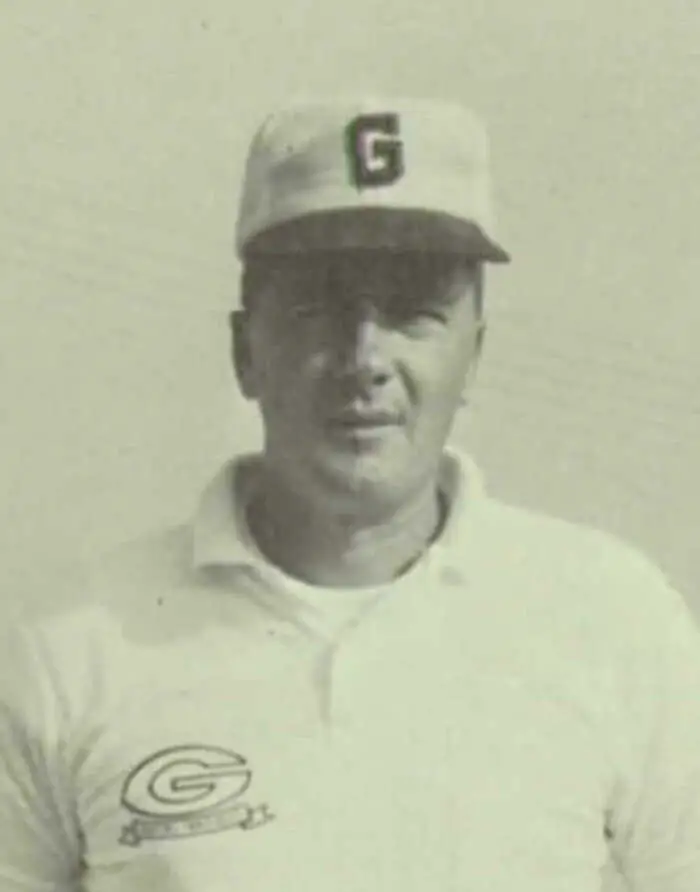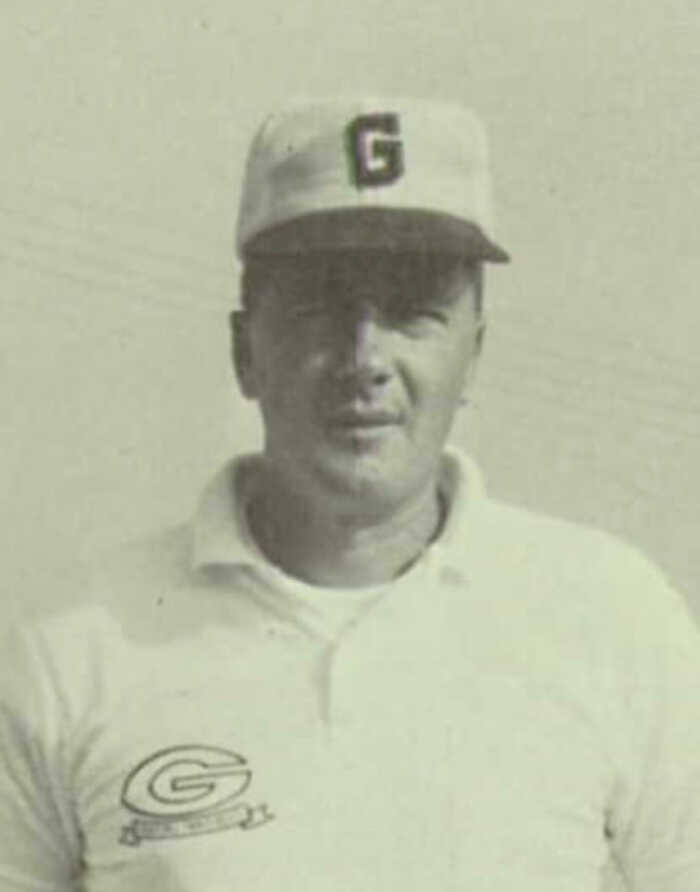I originally wrote and published this article on Medium on Aug. 20, 2022. I have slightly rewritten it for this blog due to time restraints.
Hannah Jane Rowell was born in Jefferson County, Mississippi, in 1941. Her father, Oscar Rowell, was a farmer and moonshiner, and her mother, Nannie, was a schoolteacher. She had four siblings.
The Rowell family had moved to Baton Rouge before Jane turned seven. Her parents died before she turned 12. A few online sites, such as Websleuths, report that her father committed suicide and her mother contracted Tuberculosis, resulting in an extended hospital stay before her death. Jane and her siblings went on to live with family, friends, and others.
Jane excelled in school and was a popular student at Istrouma High School. There, she found a love for acting and performed in several school plays, winning “Best Actress” for three consecutive years.
She also loved writing and reporting school events for the Baton Rouge Advocate newspaper.
Jane was a beautiful young woman who could have given Elizabeth Taylor a run for her money. She was slim and petite with dark hair and dazzling blue eyes.
After graduating high school, Jane attended Southeastern Louisiana College, where she performed in a school play called “Suspect” during the fall of 1959, becoming an instant local celebrity. One reporter asked when she was leaving for Hollywood.
Three days earlier, a New Orleans Times-Picayune columnist leaked details of Jane’s springtime lunch in the French Quarter with Hollywood Director and Screenwriter Nunnally Hunter Johnson. According to the columnist, Johnson came to New Orleans for Mardi Gras, scouted area talent, and caught Jane’s performance in an earlier production at Southeastern.
Jane tearfully told the reporter she would not pursue acting in Hollywood or finish college; she would marry Wilton Ambrose Clement instead.
Clement was nine years her senior and had graduated from Istrouma High School in 1950 and the University of Houston in 1956. He also served two years in the Army. In 1958, Clement began teaching Economics and Math at Istrouma High School.
The couple married in 1960 and had two children, Wilton Mark Clement and Janet Clement.
After leaving college, Jane directed plays at Istrouma High School and wrote again for the Advocate. She improved her writing skills through distance education and sold fictional short stories to pulp magazines for money.
But her marriage to Clement was rocky, and he had difficulty accepting Jane’s desire to make something of herself.
On Christmas Eve, 1962, the couple quarreled over her writing, and Clement became physically abusive. Jane’s doctor admitted her to Baton Rouge General Hospital the next day to treat deep bruises on her back and neck and discharged her on New Year’s Eve.
Jane never again lived with Clement. On March 18, 1963, a Baton Rouge court granted her a legal separation, custody of the children, and the residence at 2776 Sorrel Ave.
Jane told her older brother, Wylie Rowell, then 31 and living in New Orleans, that she feared living alone, although the reasons are unknown. Rowell visited Jane and the children periodically and often spent weekends with them.
Jane also requested her friend, Mrs. Dudley Jeffers, to call her every day and to contact Rowell if she did not answer the phone.
On Saturday, April 6, 1963, Rowell spent the night with Jane and the children.
The following day, April 7, Clement picked up the children in the morning for his scheduled visitation. He and Jane argued about something before he left, as witnessed by Rowell.
That same day, Jane, her brother, and his friend Gerald Sanders went on an afternoon outing across the Mississippi River. Rowell returned to New Orleans later that day.
Ten days later, Jeffers called Rowell, informing him that Jane had not answered her telephone for several days. Jeffers waited to contact Rowell because she initially thought Jane was visiting him.
Rowell immediately drove back to Baton Rouge to meet Jeffers at Jane’s house. When they arrived, they found both entrance doors locked. Rowell broke the glass in the back door, unlocked it, and entered the kitchen.
Once inside, Rowell discovered mildewed clothing in a hamper and half a pack of cigarettes sitting atop the clothes dryer. Everything else appeared as Rowell had left it during his last visit. However, he noticed that a pink bedspread he had used to cover up on the sofa was missing, along with the outfit his sister wore the last time he saw her.
Arledge writes, “Jeffers called the police, and both the city and county police responded. Before the search concluded, the DA presented evidence to a grand jury, that even today, has never been made public.”
Baton Rouge police questioned Jane’s husband within an hour of Jeffers’ call.
Clement claimed he returned the children on the night of April 7, 1963. Jane called him the following day, asking him to return and pick up the kids. That was the last time he saw her. According to Clement, Jane received a job offer working for a wealthy club owner on Bourbon Street in New Orleans, and she needed to meet the man for lunch.
Clement’s account is eerily similar to Jane’s 1959 lunch meeting with Johnson in the French Quarter, which suggests he might have made up the scenario.
Clement claimed he tried to call Jane later on April 8, but she did not answer the phone. He assumed she had accepted the job and stayed with her brother in New Orleans. He also told the police that Jane had ditched her family for the bright lights of Hollywood.
But Clement never explained why he did not report his wife missing or seemed concerned when he failed to reach her or she did not call.
Some have said that Jane was never satisfied being a homemaker and wife and longed to be an actress or writer. Rowell later said his sister treasured her children and would never have abandoned them.
Police spoke with Jane’s neighbors, but nobody saw or heard anything unusual. According to Arledge, police dispatched bulletins across the U.S. and contacted Jane’s friends in Alabama, Florida, Mississippi, North Carolina, and Pennsylvania. No one had spoken to her after April 7, 1963.
Some reports say that Jane’s Easter outfit was also missing from her home. However, Easter was on the 14th of that year. Considering no one she knew had spoken to her after April 7, she likely vanished before the holiday.
One of Jane’s aunts ran a newspaper ad for several months in the Advocate offering a $300 reward for information regarding her disappearance and whereabouts. However, no one ever replied.
In December 1963, Texas police found a woman’s body near the Benbrook Lake Dam outside Fort Worth with the same physical characteristics as Jane. Unfortunately, Jane’s dental records did not match the victim’s.
Following Jane’s disappearance, Clement raised their children in Baton Rouge. After he left Istrouma High School in 1967, he worked as a coach and teacher at Glen Oaks High until 1972. He returned to college, obtained his Distributive Education (DE), and taught DE at Baker High School, Belaire High School, and Istrouma High School, retiring in 1988.
Police never named him a suspect in Jane’s disappearance. However, some say he had difficulty dealing with public speculation that he killed his wife. Clement never remarried and passed away on July 20, 2022, at age 89. Strangely, his family did not mention Jane in his obituary.
Clement and Jane’s children, Wilton Mark Clement and Janet Clement Gaar reside in Louisiana. Gaar looks a great deal like her mother.
Rowell died in 2008 at age 72. He always believed someone had murdered his long-lost sister.
A poster with the username “HannahJ” on Websleuths stated in a thread on Jane’s disappearance that Jane had a sister named Patsy. Rowell allegedly told HannahJ that Patsy vanished in 1953 after becoming pregnant. However, nobody reported Patsy missing to the police, and no information was available on her.
Police never found Jane Clement, and she remains missing 59 years later.
True Crime Diva’s Thoughts
I do not see how anyone other than Clement could be involved in Jane’s disappearance.
- He admitted he saw Jane shortly before she vanished.
- His story of Jane meeting a wealthy club owner is damn near identical to her actual meeting with Johnson in 1959, which leads me to believe he made that part up, at least.
- If she did have that meeting, she would have told her brother, who lived in New Orleans.
- Clement was abusive and did not like Jane having her own identity and interests.
- He told authorities that Jane had abandoned her family for Hollywood when he had no evidence to support his theory. All her clothes, minus one outfit, were still at her house.
But then I think about how he never remarried, which suggests he did love Jane and wanted no other for the remainder of his life.
Jane was a gorgeous woman, so another person might have become infatuated with her and abducted her.
True crime fans know that a missing blanket is never a good sign because killers often use one to wrap the body up to dispose of it elsewhere. That is what happened here, I believe. Jane did not abandon her children for Hollywood or anywhere else.
I briefly considered that Rowell helped Jane disappear to escape the abusive Clement. Neighbors never reported anything unusual, and her brother’s arrival at her residence would not have been weird; he often visited her and the children.
But I think Jane would have taken the kids with her or, at the very least, contacted them at some point.
I also wonder about Rowell’s friend, Gerald Sanders. He last saw Jane the day she disappeared when the three went on an outing across the river. Did he live in Baton Rouge? He could have been an old high school friend of Rowell’s.
We know that Jane managed to wash clothes that day but was interrupted before she could put them in the dryer. Maybe someone knocked on her door. There must not have been signs of forced entry, so she likely let her kidnapper into her home.
I don’t know when Rowell left Baton Rouge that day, but I would guess late afternoon/early evening. So, she likely was abducted on the evening of April 7, 1963, before she went to bed.
I think if Clement did kill Jane, their children might now know. On Gaar’s Facebook post about her father’s death, she mentions getting closure. Now, that could mean anything, but I wonder if she was referring to her mother’s disappearance.






























